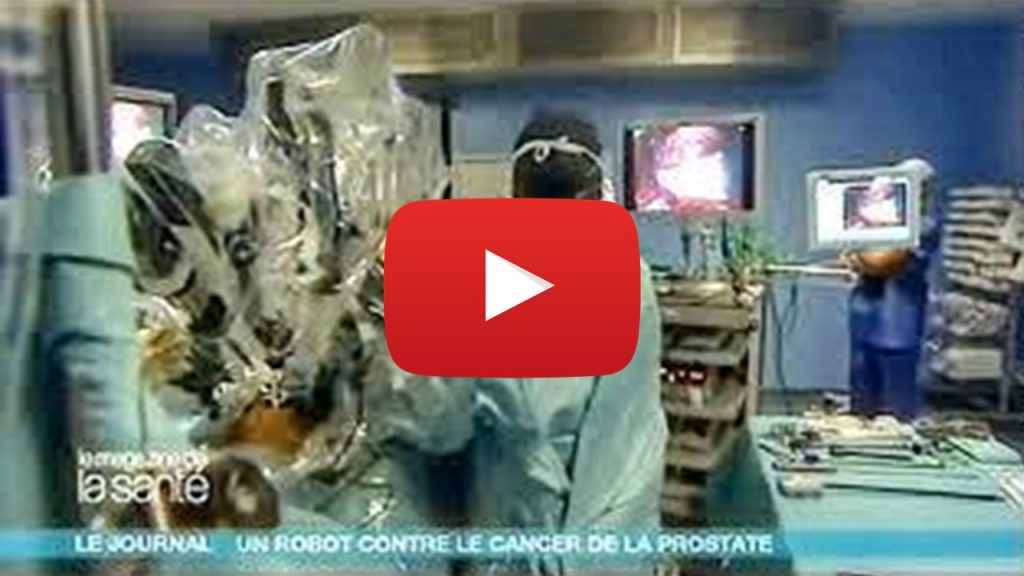Introduction
Robotic surgery is the latest technological advance in the development of minimally invasive surgery. This progress is the culmination of laparoscopic surgery in high definition thanks to the popularization of camera and video techniques. The development of computer technology has also allowed the use of robots to assist surgeons. Miniaturization will soon allow finer instruments for increasingly fine and minimally invasive surgery.
Why use a robot in surgery?
Minimally invasive techniques aim to reduce openings and use natural orifices to treat pathologies. This allows for faster recovery, less postoperative pain and fewer complications related to large incisions. However, these techniques involve constraints such as loss of hand mobility, limited 2-dimensional vision and unnatural positions. The use of a robot in laparoscopic surgery has several advantages. The optic allows to have a 3-dimensional vision. The camera is stable because it is held and moved by an articulated arm. The reduction in the scale of gestures allows for microsurgical precision. The articulated arms restore the 6 degrees of freedom of the instruments. The robot improves the ergonomics of the surgeon; he is seated in the working axis.
Robotic surgery: first operation with the new da Vinci Xi robot at Henri Mondor University Hospital
Robotic surgery at the Mondor Hospital
Mondor: a pioneering center in robotic surgery The urology center at Henri Mondor Hospital was one of the first to develop minimally invasive surgery over 25 years ago.
In 2000, the first laparoscopic radical prostatectomy assisted by the Da Vinci robot (Da Vinci prostatectomy) in the world was performed at Henri Mondor Hospital.
Since 2018, a second, newer da Vinci Xi robot has been installed at Henri Mondor UHC and in 2023 a second Xi system will arrive replacing a Si system.
10 years of robotic surgery in urology at Mondor University Hospital
This presentation by Professor de la Taille at the Session of Wednesday, January 4, 2012, presents the experience of the department with 10 years of hindsight at the time, detailing the technical, economic and carcinological aspects.
Vascular and urinary anastomosis entirely performed with the assistance of the da Vinci robot during a renal transplant: a world first
What procedures can be performed with the surgical robot?
Each year, more than 400 patients are operated on with the assistance of the Da Vinci robot in the urology department of the Mondor University Hospital. Radical prostatectomy accounts for 70% of the indications, followed by partial nephrectomies, junctional cures, prostatic adenomectomies, genitourinary prolapse cures (organ descent) and cystectomies.
The first robot-assisted renal transplant in the world was performed in our department in September 2001, and published in the Journal of Urology the following year.
Robot-assisted laparoscopic radical prostatectomy: what benefits for the patient?
The use of the robot for radical prostatectomy allows for a faster recovery, shorter hospital stay, less blood loss, smaller scars and a quicker return to active life. The use of the robot better preserves the quality of life of the operated patients. Compared to laparoscopic surgery, the robot also allows finer dissection of neurovascular bands and dissections closer to the prostate, leading to earlier recovery of sexuality and continence. Today, more than 99% of radical prostatectomies are performed in the United States with the assistance of the Da Vinci robot.

